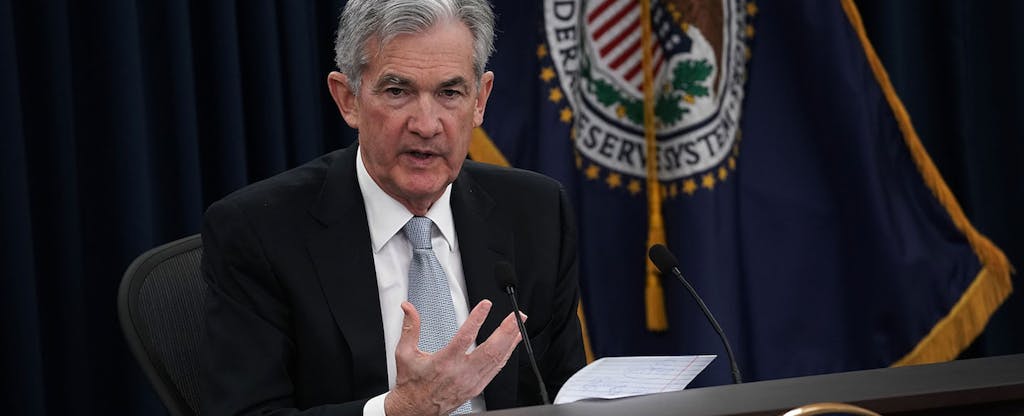Federal Reserve Board Chairman Jerome Powell announced Wednesday that the Fed would raise its key interest rate to the highest level in a decade. It’s a signal that the economy is strong, but how might this interest rate hike actually affect you and your hard-earned money?
Historically, interest rate hikes imposed by the Fed affect consumer finances in a number of ways.
While the Fed’s interest rate hike directly impacts banks, it could indirectly affect consumers by raising the cost of borrowing money. If you have a credit card, loan or adjustable-rate mortgage, you may see an increase in your interest rates. And if you plan to get a variable- or fixed-rate version of these products, you could face higher interest rates from the get-go.
The good news is that higher interest rates don’t just mean higher costs for consumers. If you have a savings account, certificate of deposit (CD), money market account or interest checking account, you may start to benefit from higher interest rates on those products.
What does this actually mean?
As of March 19, 2018, average interest rates for savings products such as CDs, money market accounts and interest checking accounts were still less than impressive.
The Federal Deposit Insurance Corporation, or FDIC, which is responsible for insuring funds in banks, compiles a list of the national average interest rates on the following products:
- Savings accounts: 0.07%
- Interest checking: 0.04%
- Money market: 0.10%
- 12-month CD: 0.33%
- 60-month CD: 0.97%
These rates are a far cry from the rates consumers enjoyed in the 1990s, when interest rates on CDs rose to a high of over 8% on a five-year CD!
While there’s not a direct relationship between the Fed rate hike and the interest rates on savings products, the former tends to affect the latter.
This doesn’t mean you should expect the interest rates for savings products to shoot back up to their early-1990s highs. But they could continue to creep upward — meaning any money you’ve placed in a high-yield savings account, CD or money market account could receive a higher rate of return.
Why should you care?
If you’ve been thinking about putting some money away in a savings product that earns interest, this could be a good time to do it.
As competition for deposits heats up, banks may begin to increase interest rates offered to customers in an effort to both keep pace with Fed rate hikes and attract more depositors.
Since the Fed began raising short-term interest rates in 2015 — the first time since the financial crisis — rates on savings accounts and CDs have increased, albeit slowly.
The average rate on 36-month CDs are up to 0.65% for deposits of less than $100,000. Before the rate hikes began in 2015, they hovered around 0.48%.
What can you do?
Higher interest rates are good for savers. Just a small change in interest rates can have a significant impact on savings balances.
Even if you don’t have a ton of money to save, there are a few ways you can position yourself to take advantage of better deposit rates.
- Switch to a high-yield savings account. Savings accounts at many of the larger banks just don’t stack up. Even after you factor in a slight increase in interest rates, you could be looking at an annual percentage yield below 1%. The good news is, there are better products out there! Consider a high-yield online savings account. The best ones currently offer APYs of 1.5% or higher, and they may get even better in the near future.
- Consider a CD. CDs tend to offer even higher rates than high-yield savings accounts and other savings products. With a CD, you can lock in your interest rate for a certain period of time; generally, the longer the period, the higher the interest rate. The downside is you typically won’t be able to withdraw your principal balance before the CD’s maturation date within incurring a penalty. If you have some money you know you won’t need in an emergency, a CD might be a great option to consider.
- Do your homework. Be proactive when it comes to researching banks, and be willing to change things up if you find a much better interest rate. Watch for future rate hikes and see if your banks’ offerings follow suit. Don’t be afraid to shop around, and be sure to take advantage of competitive savings offers as they pop up.


